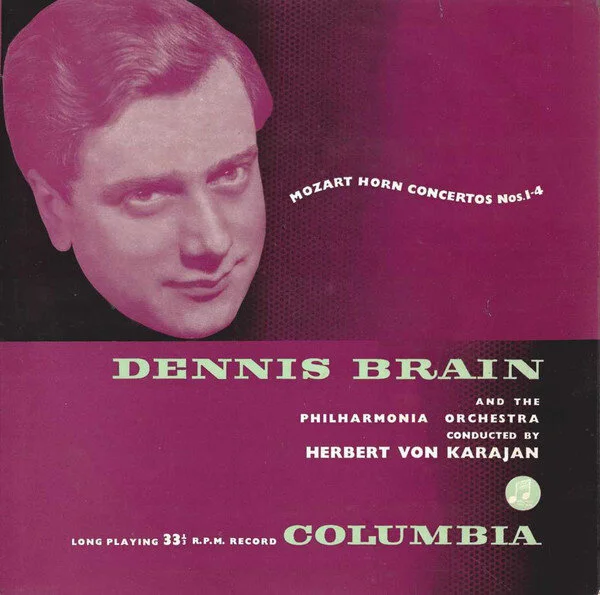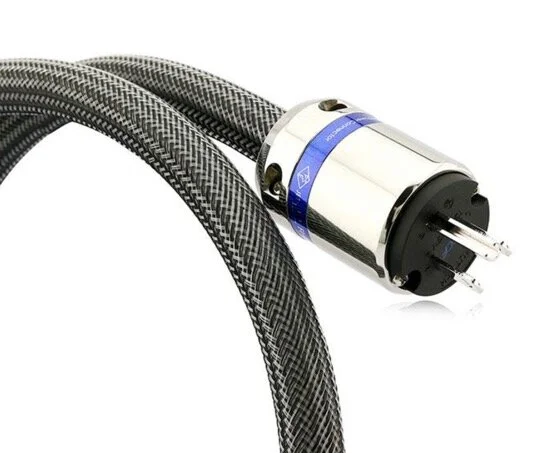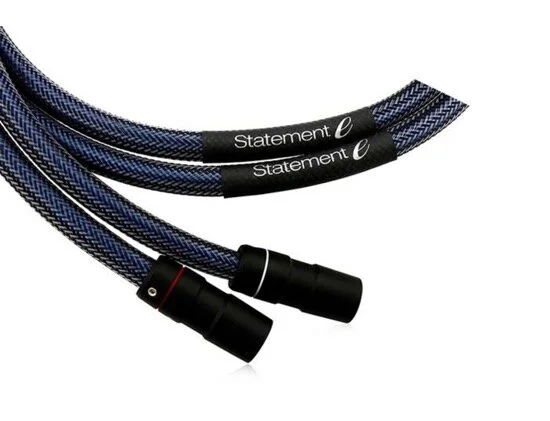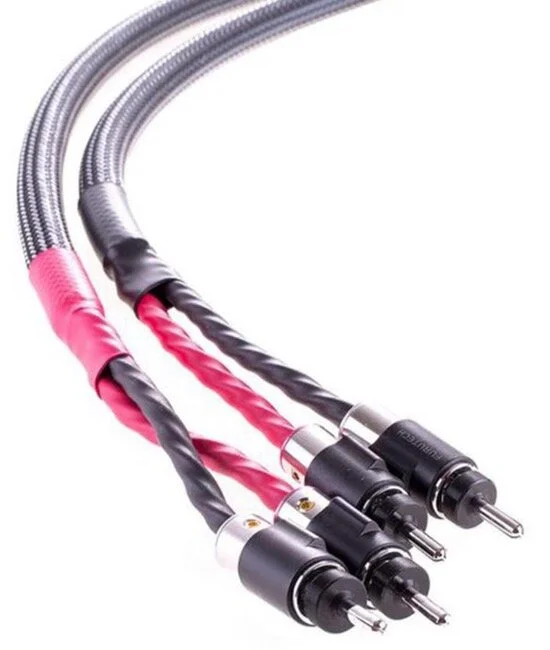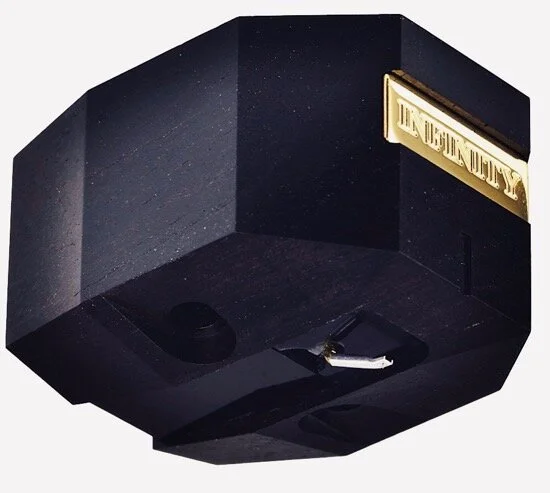Driving with cabriolet top down on a particularly sunny Spring day last month, I heard the CEO of Sonos, Patrick Spence, being interviewed by Nilay Patel of The Vergecast. Spence was particularly smooth and spoke mostly in corporate talk but did take responsibility for the debacle last year where some bright spark at Sonos decided to brick older products when new software updates were applied. Even with a healthy discount, my older purchased review units were expensive and not ready for the landfill. As such, the anger was not typical of the ‘faux-outrage’ you read every day on social media. It was visceral.
The tenor of the Verge interview got me thinking about the birth of Sonos and its exponential growth based on superior engineering and brilliant marketing. Word of mouth, too. And then my thoughts turned to more challenging days—the massive layoffs, the paradigm shift to ‘smart’ speakers and how Sonos navigated those minefields. Finally, the transition to the new products and post debacle marketing.









